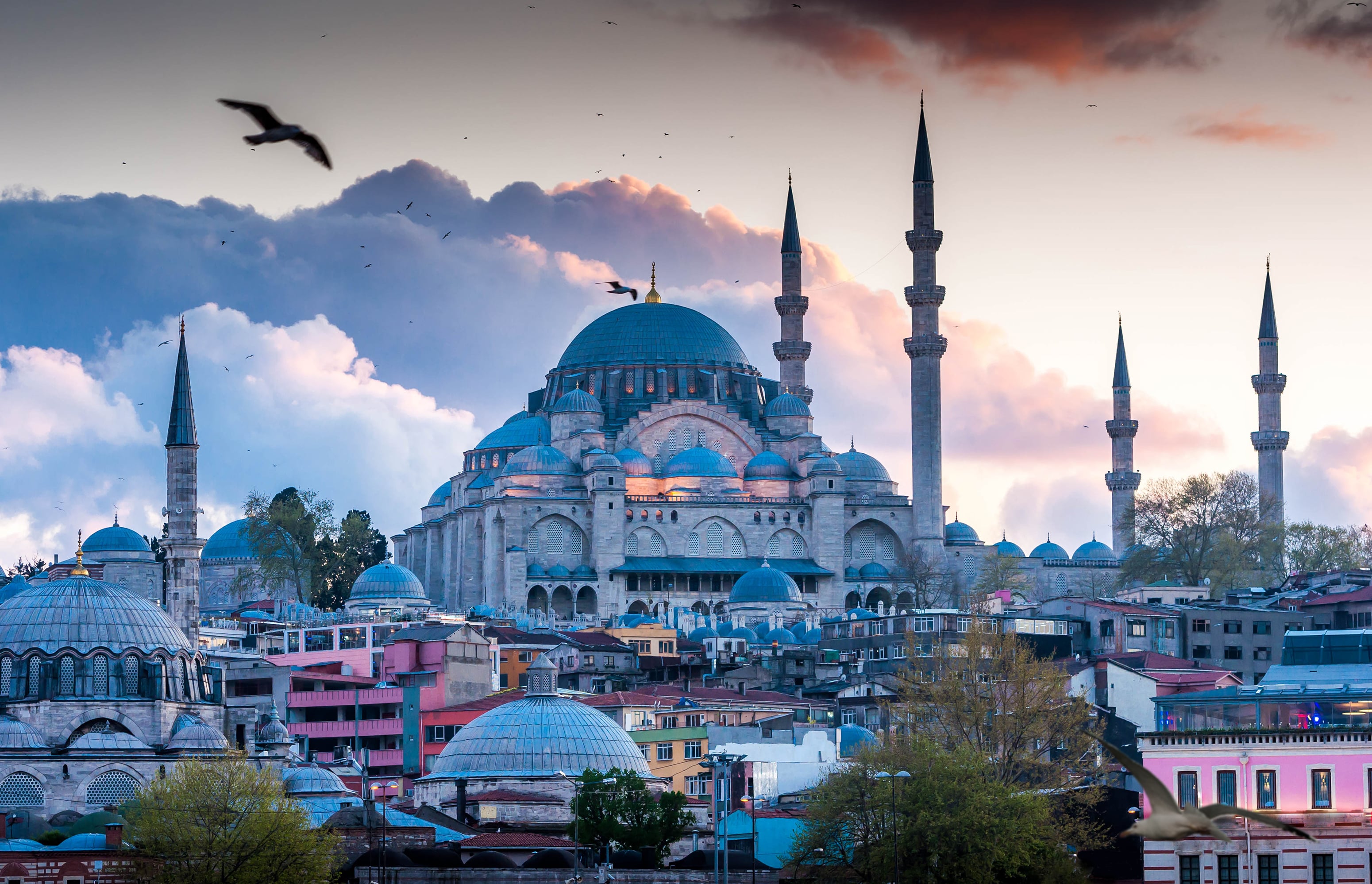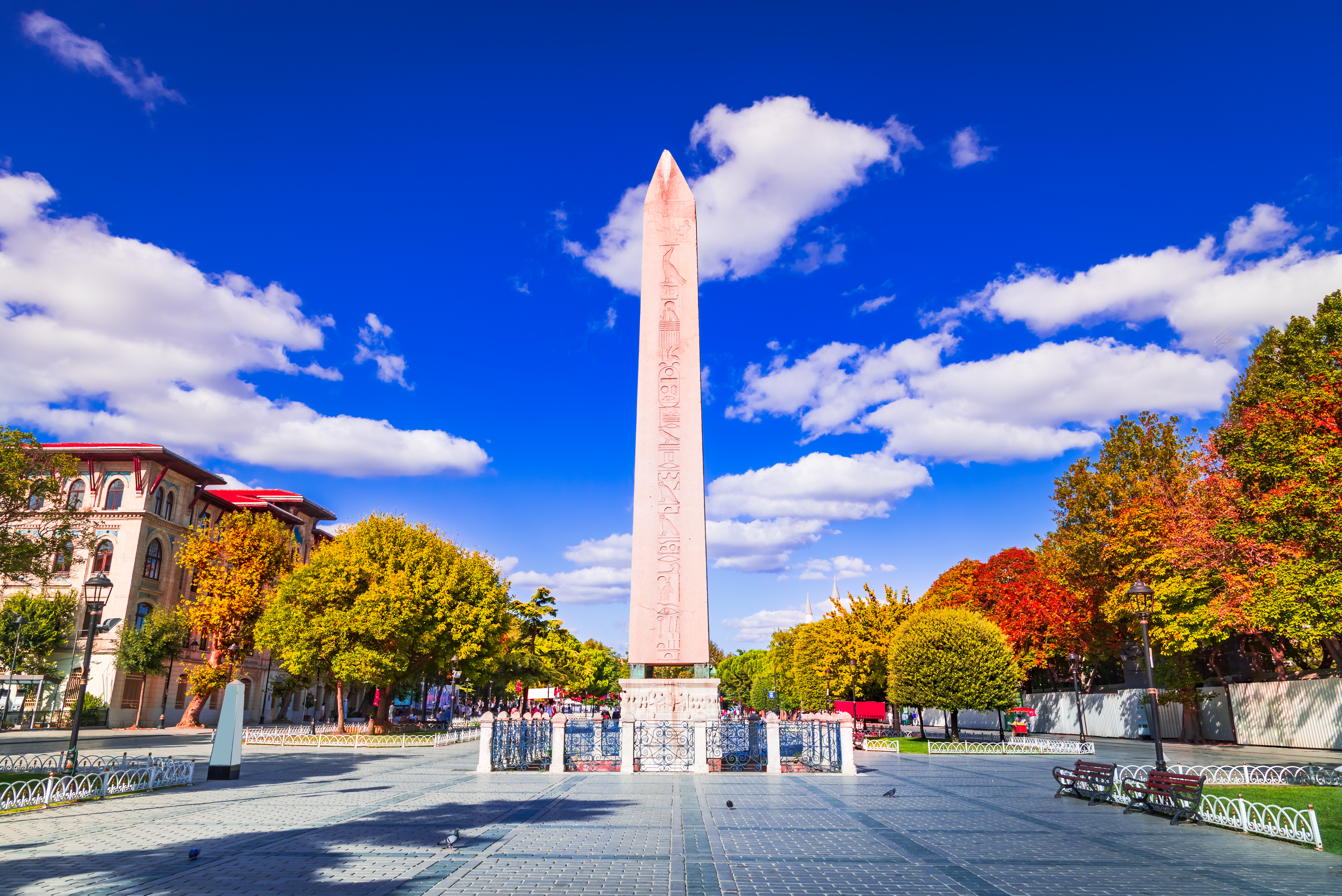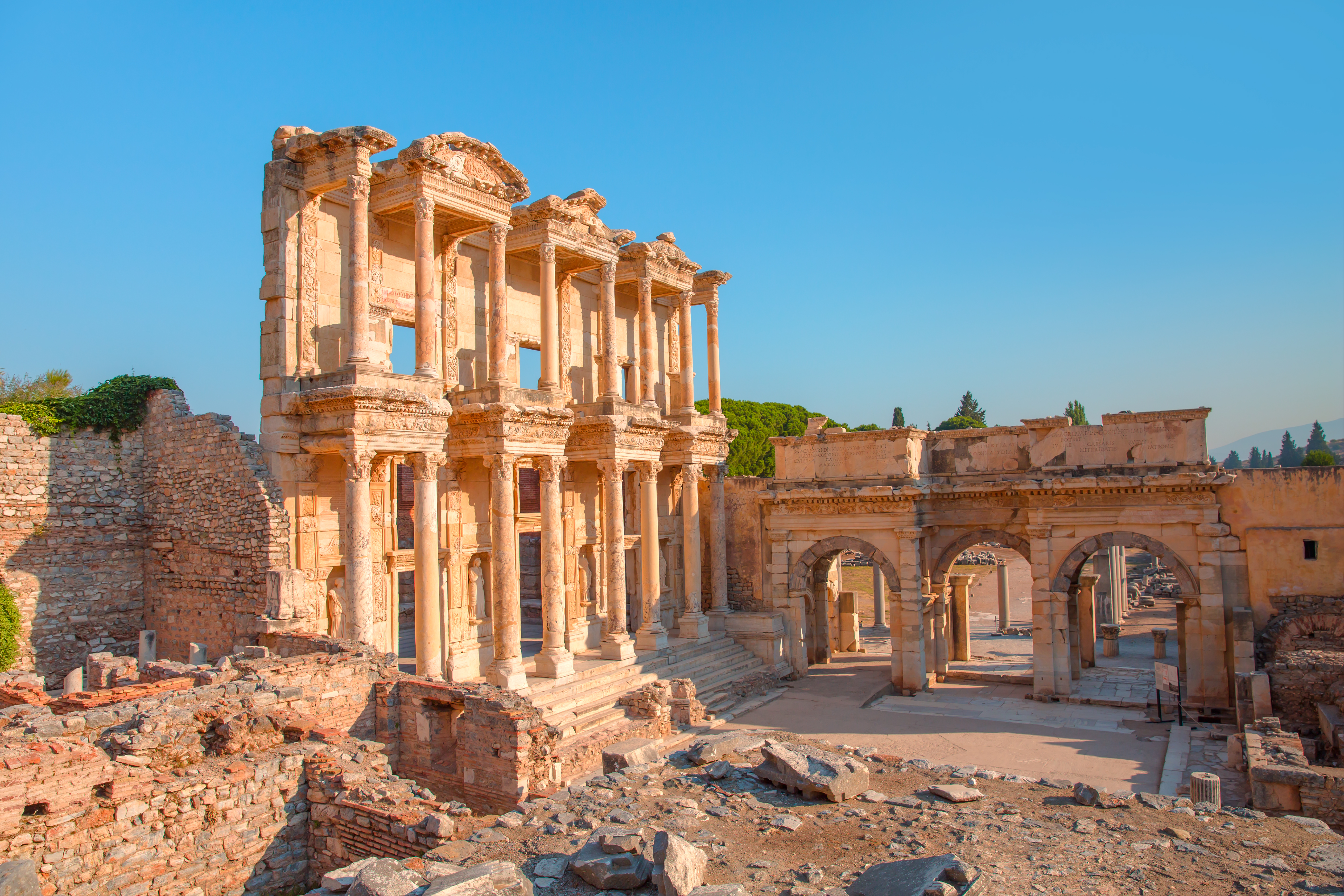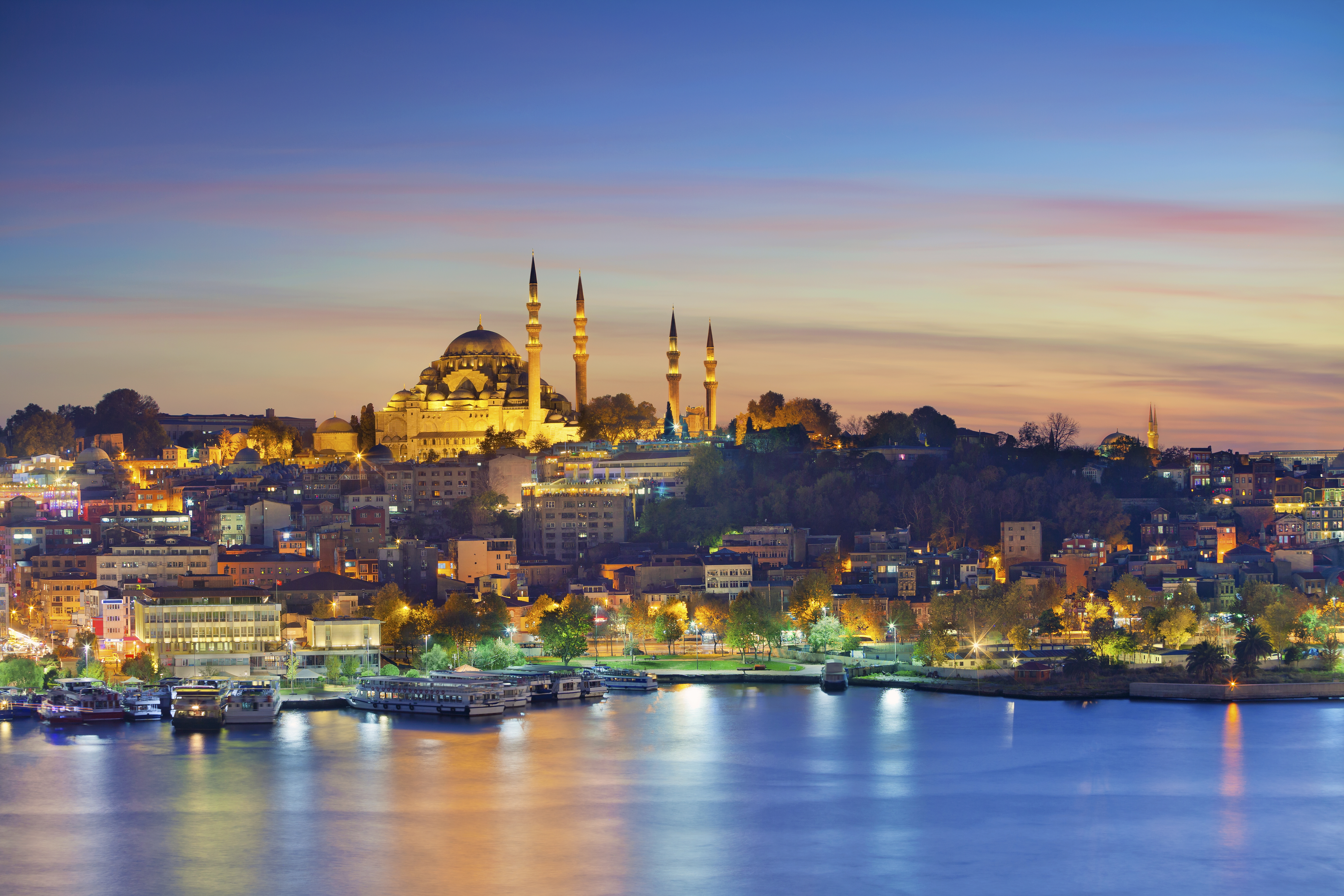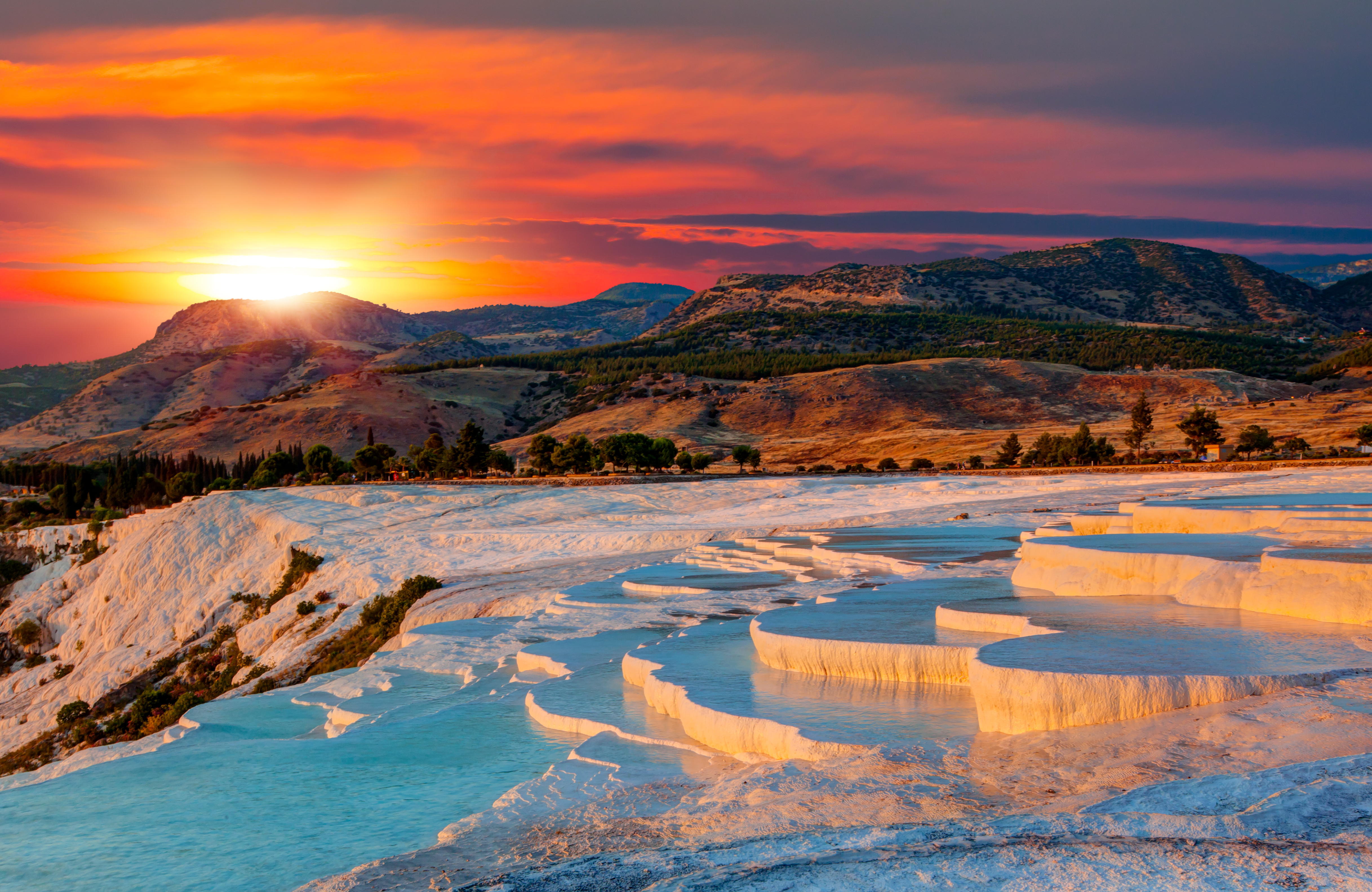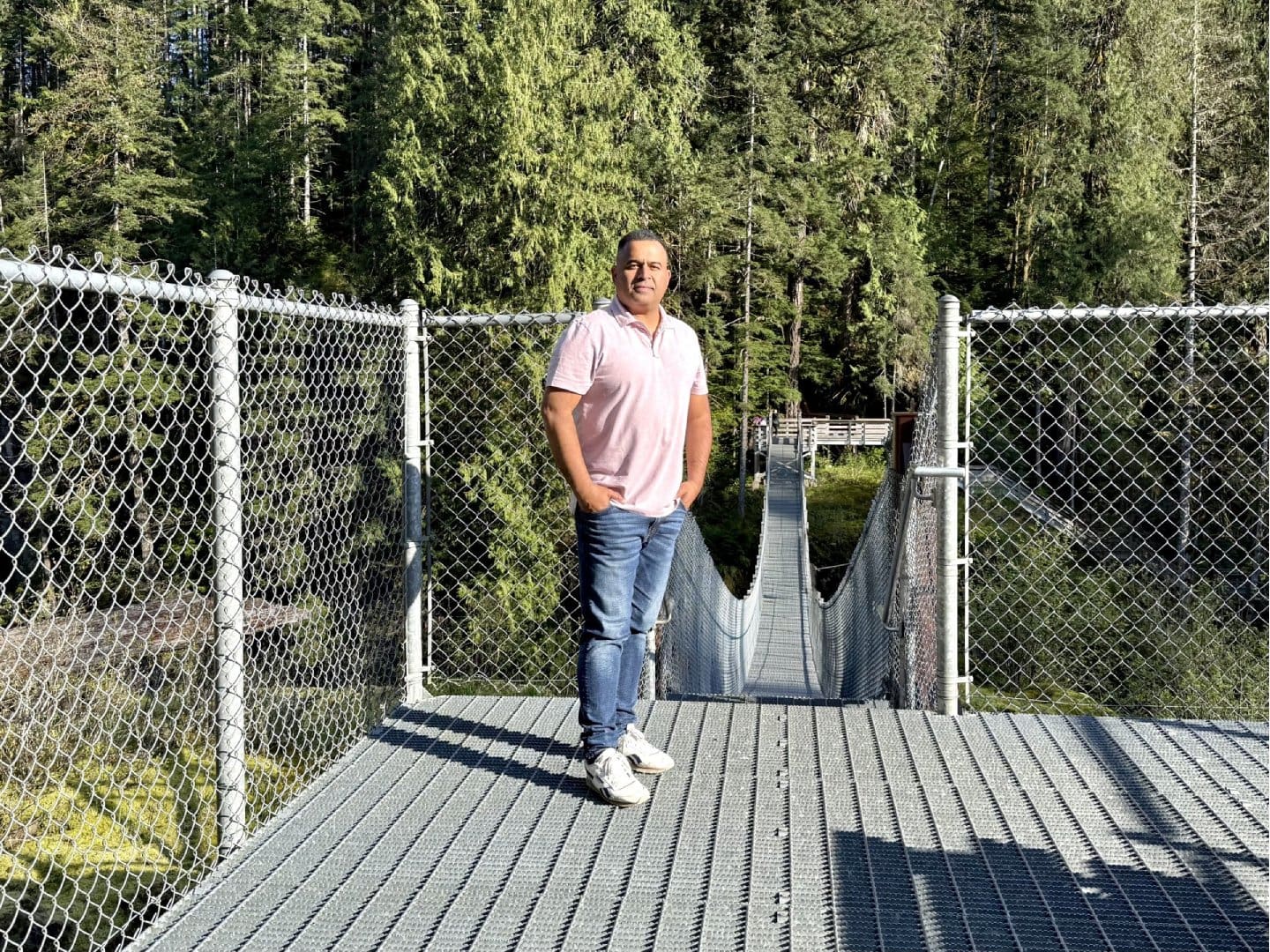The best time to visit Türkiye is in spring (April to June) and fall (September to October) when the weather is mild and ideal for sightseeing. Summer (July to August) is great for coastal escapes but can be hot inland. In the winter, there are fewer crowds and beautiful snow in regions like Cappadocia, making it a magical time to visit.
Discover Tailor-Made Türkiye (Turkey) Vacations
Türkiye is where continents meet and cultures blend. It’s a country that straddles both Europe and Asia, offering a travel experience unlike any other.
From ancient ruins to modern cities, serene coastlines to surreal landscapes, a trip to Türkiye offers travellers a chance to immerse themselves in history, natural beauty and exceptional hospitality.
With Goway’s tailor-made vacations, you can explore Türkiye your way, whether you’re chasing cultural wonders, scenic escapes, or a bit of both. Imagine cruising the Turquoise Coast on a traditional gulet yacht, drifting between intimate coves and sun-soaked villages. Or wake early to float above Cappadocia’s famous fairy chimneys in a hot air balloon, then descend to explore cave dwellings and underground cities.
Featured Highlights
- A private Bosphorus cruise in Istanbul
- Cooking classes to learn regional Turkish cuisine
- Guided private tours of Cappadocia’s otherworldly landscapes
- Luxury beach resort stays on the Turkish Riviera
- Visits with local guides to UNESCO World Heritage sites such as Ephesus near Izmir and Hagia Sofia in Istanbul
Featured Türkiye (Turkey) Trip Ideas
A trip to Türkiye is never just one thing. It’s a journey through time, culture, and incredible landscapesWith Goway’s custom itineraries, you gain access to exclusive cultural experiences and private tours that go far beyond the typical sightseeing route. Whether you’re wandering through ancient ruins, learning to cook a traditional favourite, or cruising along the Bosphorus at sunset, every detail of your trip to Türkiye is designed around what interests you most. Walk in the footsteps of emperors in Ephesus with a private guide, or soak in the otherworldly white terraces of Pamukkale. In Istanbul, lose yourself in ancient bazaars, majestic mosques, and opulent palaces before unwinding in a traditional Turkish bath.
Read More
Glories of Türkiye
Istanbul, Hagia Sofia, and AnkaraBest of Türkiye: Istanbul, Cappadocia & Izmir
Istanbul and Hagia SofiaClassic Türkiye: Istanbul & Cappadocia
Istanbul and Hagia SofiaSignature Istanbul
Istanbul and Hagia SofiaRomance in Turkiye: Istanbul to Cappadocia
Istanbul and Hagia SofiaTurkiye: From Istanbul to Cappadocia
Istanbul and Hagia SofiaDon't see the
perfect trip idea?
Request a custom quote.
Turn your travel dreams into reality with Goway. Our customized vacations take travellers to all corners of the world.
What do Goway's travellers say?
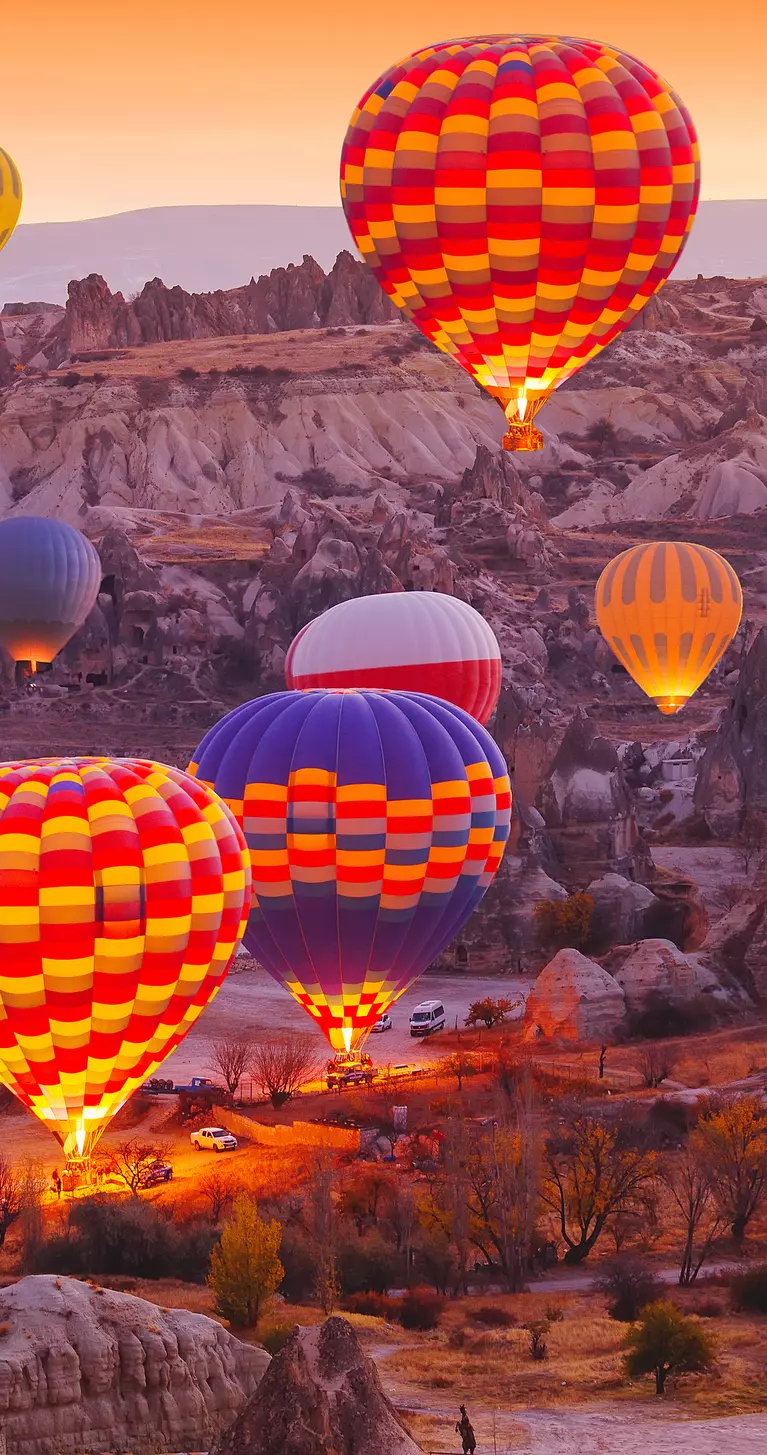
Get to know Türkiye (Turkey) before you go.
Best Time To Visit
Türkiye is a year-round destination, but the best time to visit depends on what you want to experience most.
Spring (April to June) and fall (September to October) are ideal for sightseeing, with pleasant temperatures, fewer crowds, and blooming landscapes. It’s the perfect time to comfortably explore Istanbul’s historic sites, wander through Ephesus, or hike the valleys of Cappadocia without the summer heat.
Summer (July and August) is hot and sunny, especially in inland areas, but it’s also the best season to visit the Turkish Riviera. Coastal towns like Bodrum, Kaş, and Antalya come alive with beachgoers, sailing trips, and vibrant nightlife. But keep in mind, cities can be busy and sweltering during this time.
Winter (November to March) is the quietest season, ideal for travellers who enjoy a more leisurely pace. While coastal areas can be rainy and cool, places like Cappadocia transform into a snowy wonderland, offering a magical ballooning experience over white-dusted fairy chimneys.
Consult our guide to the Best Time to Visit and let us help you choose the perfect season for your Türkiye experience.
What do the experts say?
Turkey is a vast country and home to many diverse communities. Therefore, there are many local traditions that showcase their distinct origins. Among many, one fascinating event in Turkey that visitors should witness is the ceremony of Whirling Dervishes in Cappadocia.
Few places layer ancient civilizations quite like Turkey. From the ruins of Ephesus, the legendary city of Troy, and the underground cities of Cappadocia, to the Byzantine and Ottoman grandeur of Istanbul - it's a living museum. Walking through the Hagia Sophia or along the ancient walls of Constantinople is like stepping into a history book.
Turkish cuisine is seriously underrated globally. From a simple simit on the street to a full meze spread and a sizzling kebab, every meal is an experience. And of course, Turkish tea and baklava are daily rituals you don’t want to miss.
Places To Go
Handcrafted journeys to our most popular places to visit in Türkiye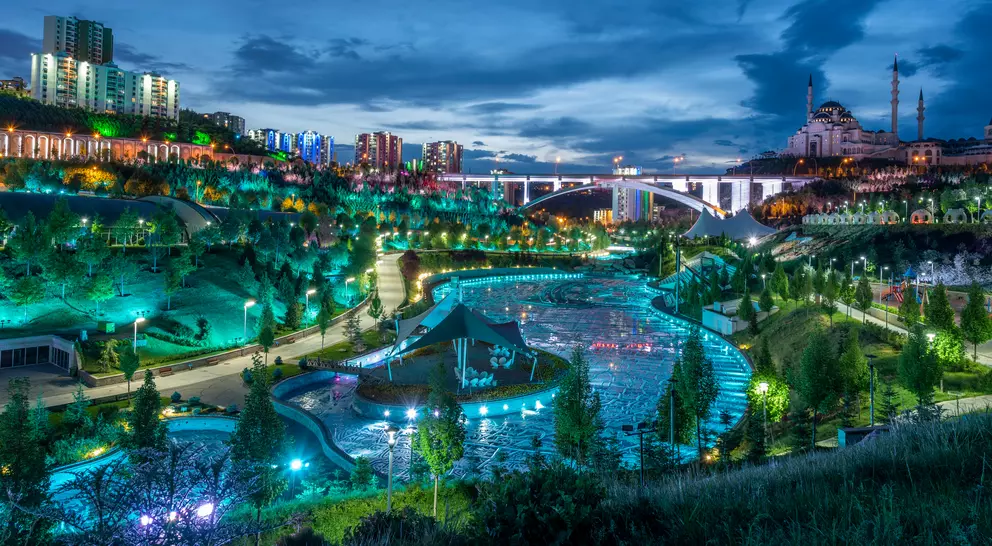
Ankara
Ankara is the second largest city in Türkiye and serves as the capital of the country. It is...
Ankara is the second largest city in Türkiye and serves as the capital of the country. It is centrally located in Anatolia, hosting the Turkish government as well as all foreign embassies. As well as...
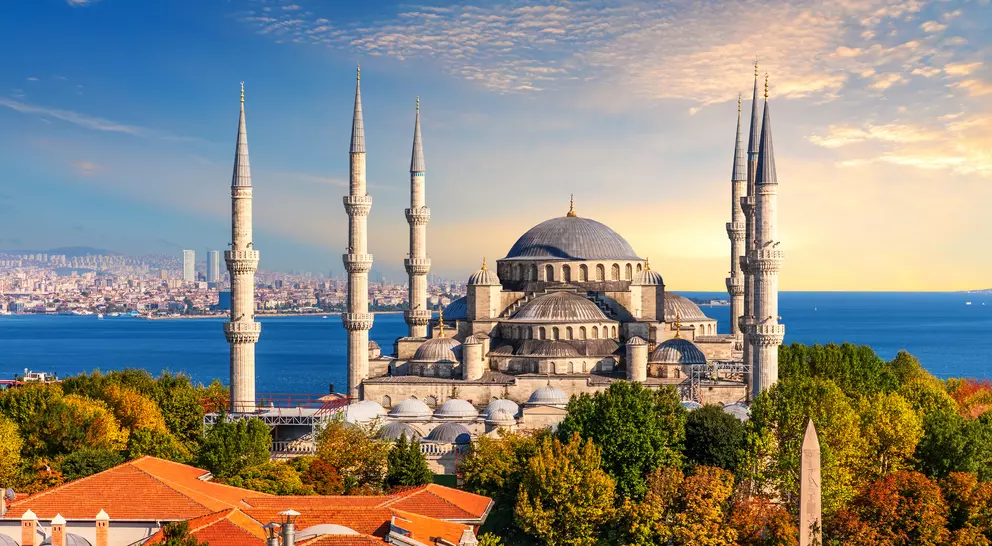
Istanbul
When on Türkiye vacations, Istanbul is the largest city found in the northwestern part of the...
When on Türkiye vacations, Istanbul is the largest city found in the northwestern part of the country. It is a transcontinental city as it straddles the Bosphorus (the Istanbul Strait) which divides...
Travel Styles
Explore Türkiye (Turkey) by Travel Type
Ways to Travel
Discover your perfect travel style—crafted for every dream and journey.

Themes
Immersive adventures shaped by passion, such as food, culture, wellness, and wild discovery.

Collections
Curated journeys that capture the spirit, beauty, and essence of travel.

Featured
Extraordinary experiences handpicked to inspire, delight, and spark your wanderlust.

Ways to Travel
Discover your perfect travel style—crafted for every dream and journey.

Themes
Immersive adventures shaped by passion, such as food, culture, wellness, and wild discovery.

Collections
Curated journeys that capture the spirit, beauty, and essence of travel.

Featured
Extraordinary experiences handpicked to inspire, delight, and spark your wanderlust.
Frequently Asked Questions
What is the best time to visit Türkiye?
Do I need a visa for Türkiye?
Many travellers need an e-visa to enter Türkiye, including citizens of the U.S., Canada, and Australia. It’s quick and easy to apply online. Your passport must be valid for at least six months beyond your arrival date. Always check the latest visa requirements based on your nationality before your departure.
Can I visit both Europe and Asia in Istanbul?
Yes. One of the most unique things about Istanbul is that it spans between Europe and Asia. You can cross between them by ferry, car, or metro in minutes. It’s a rare chance to stand in two continents in one city and experience the diverse mix of cultures that defines Istanbul.
What is Türkiye famous for?
Türkiye is famous for its expansive history, from ancient ruins like Ephesus and Troy to Ottoman palaces and Byzantine churches. It’s also known for Cappadocia’s fairy chimneys, Turkish cuisine, bazaars, beaches on the Riviera, and its role as a cultural bridge between East and West.
How many days do you need in Cappadocia?
You will want at least two to three full days in Cappadocia to experience the highlights, including a hot air balloon ride, exploration of cave dwellings and underground cities, and valley hikes. If you enjoy photography or a slower pace, staying four days allows you to fully experience the beauty of the landscape.
Is Türkiye safe for tourists?
Yes, Türkiye is generally safe for tourists, especially in popular areas like Istanbul, Cappadocia, Ephesus, and the coast. As with any destination, stay aware of your surroundings, respect local customs, and monitor travel advisories. Turkish hospitality is warm and welcoming, and most travellers feel very comfortable.
What is the food like in Türkiye?
Turkish cuisine is rich, flavourful, and wonderfully diverse with Mediterranean, Middle Eastern, and Central Asian influences. Expect dishes like grilled kebabs, fresh meze, baklava, and warm bread with dips. Don’t miss Turkish tea and coffee. Do try local specialties in each region, from Aegean seafood to Cappadocia’s popular clay pot stews.
Can I take a hot air balloon ride in Cappadocia year-round?
For sure. Hot air balloon rides operate year-round in Cappadocia, weather permitting. Flights are most frequent and reliable in spring and fall. However, you can still fly in winter for a magical snowy landscape. Be aware that windy or rainy conditions may cause cancellations, so it’s best to book this excursion early in your stay.
What currency is used in Türkiye?
Türkiye’s official currency is the Turkish lira (TRY). While major cities and tourist areas accept credit cards, it’s a good idea to carry cash for small purchases, local restaurants, and markets, especially in smaller towns or more rural areas.
Can I combine Türkiye with Greece in one trip?
Absolutely. Türkiye and Greece make a fantastic twin-destination trip. You can travel between them by ferry (especially via the Greek islands) or fly between major cities like Istanbul and Athens. Combining these countries lets you explore two rich cultures, ancient sites, and stunning coastlines in a single journey.
Unlock more with your Newsletter membership
Discover Goway Travel Protection Plans that offer a peace of mind by helping protect your travel investment, belongings, and most importantly you!
